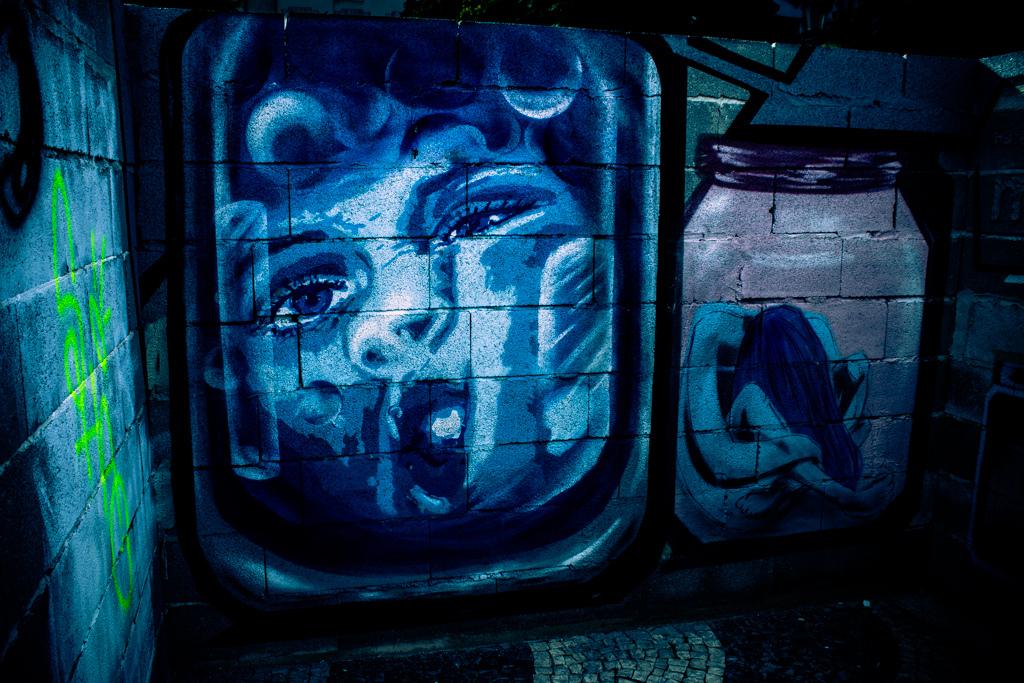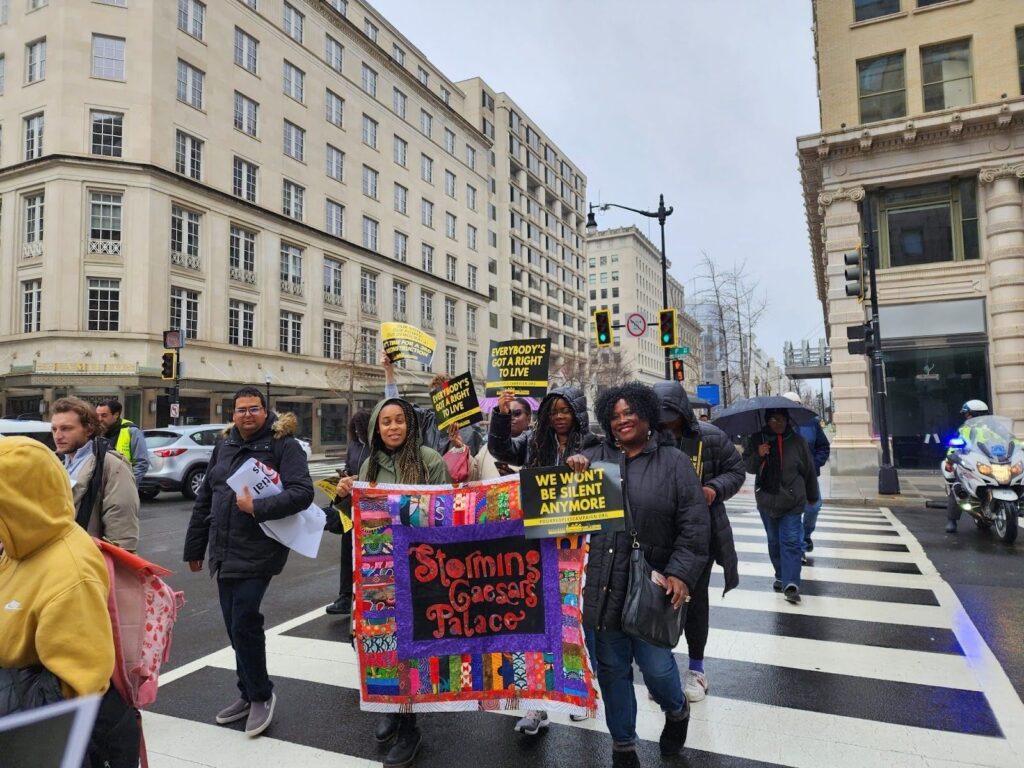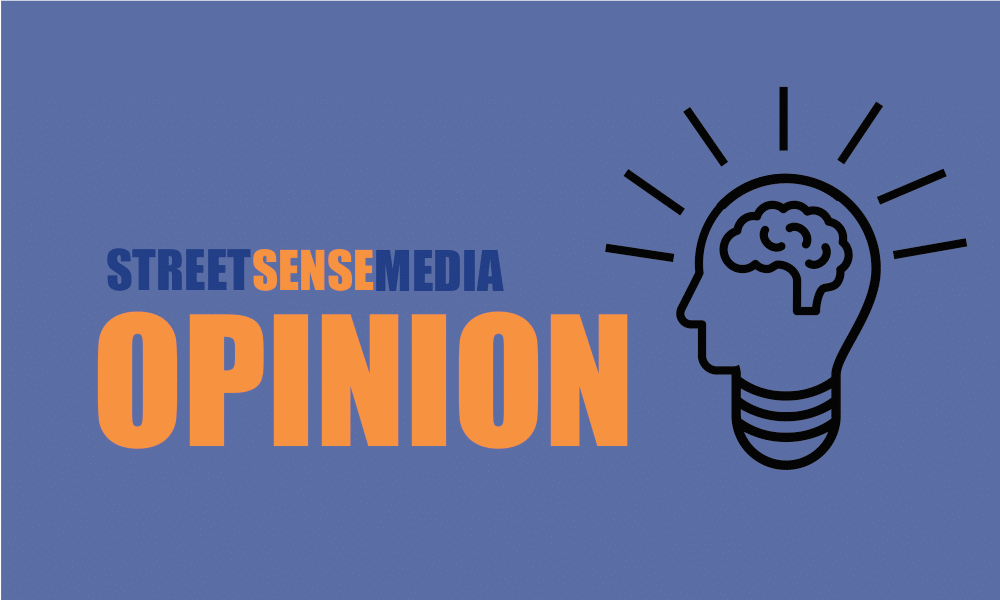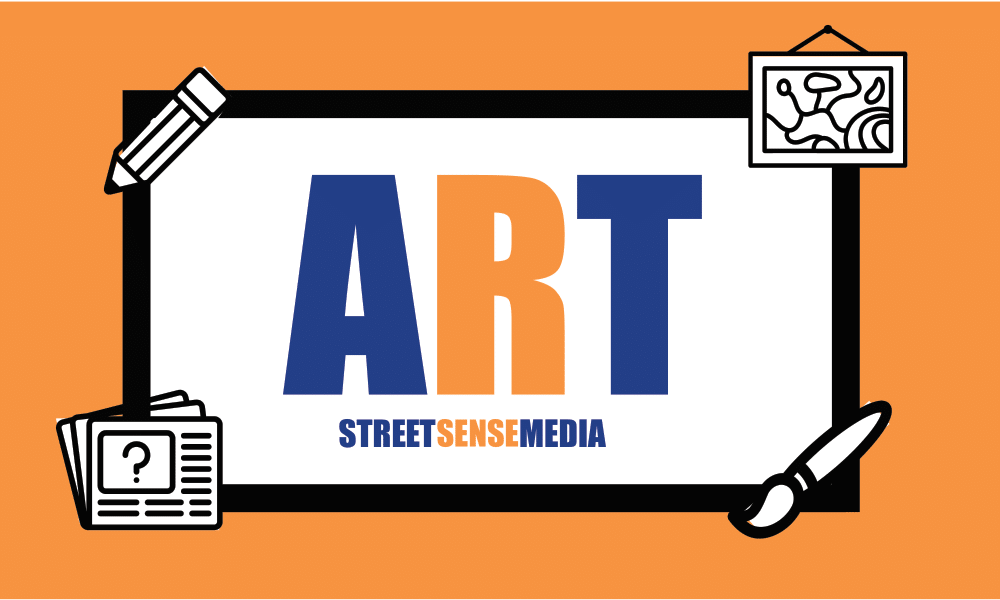There is a growing misconception in this country that human trafficking is not a domestic issue and that it occurs in developing countries far away from the United States. However, domestic modern slavery is an unspoken and growing issue in this country. In truth, by some estimates, four in every five domestic sex trafficking victims are runaway children.
These are young people – girls and boys – whose journeys often began in homes where incest, molestation, abuse, and neglect were the norm, forcing them to become desperate and homeless. They may also be gay, lesbian, bisexual and transgender youth who are rejected by families and put out of their homes just for being open about who they are. Also startling is the number of middle-class minors who become the targets of predators. Homeless minors are extremely vulnerable. Their journey into slavery begins with the promise of food and warmth, but it often finishes with deceptive, forced, and fraudulent situations where they are tortured, drugged, and indoctrinated into a life of commercial sexual exploitation. Once trafficked, these children face beatings, mutilations, brandings, rapes, and a host of other crimes no child should ever live through. Then they are sold into this violent industry at the highest price, with no regard to destroying their dignity and sense of self-worth. Ultimately this life – if you can call it a life – becomes their “new normal.”
According to the Department of Justice (DOJ), human trafficking is right behind drug trafficking in becoming the second-fastest growing criminal industry in the country. DOJ estimates that nearly half of those trafficked are minors. In 2007, Justice’s Civil Rights Division created the Human Trafficking Prosecution Unit (HTPU) within the Criminal Section in an attempt to consolidate the expertise of some of the nation’s top human trafficking prosecutors. However, no hard numbers accurately detail the scope of the problem, and most of the soft numbers are anecdotal. In fact, law enforcement doesn’t actually track how sex workers are recruited into the field, and unless the victims are underage, prostitution is typically a low-priority “victimless” crime. The state child welfare systems often fail to properly identify and assist these trafficked and exploited children. Moreover, the protections, services, and practices that have been established for the abused and neglected are infrequently provided to these trafficked minors.
Even more alarming, in many states, those who are trafficked are treated as criminals and shunted into the juvenile justice system rather than being categorized as victims, because trafficking is often mistaken for crimes like prostitution and those who are actually being trafficked often are the ones arrested, not the real perpetrators of this growing criminal enterprise.
This month is designated as Human Trafficking Awareness Month to raise awareness about the realities of modern-day human slavery and to press the need to start important discussions about human trafficking. Though January is an awareness month, the injustices of human trafficking are a problem 24 hours per day, 7 days a week, 365 days per year.
For those who want to learn more about the issue, PBS recently began a series called “A Path Appears.” Airing January 26th through February 9th, the show will focus on the impacts of poverty and gender inequality, sex trafficking, violence, and child slavery in the U.S. This three-part series highlights inspiring activists and advocates who have established solutions to gender-based oppression, forging escape paths for these victims while transforming lives to create bright futures.








